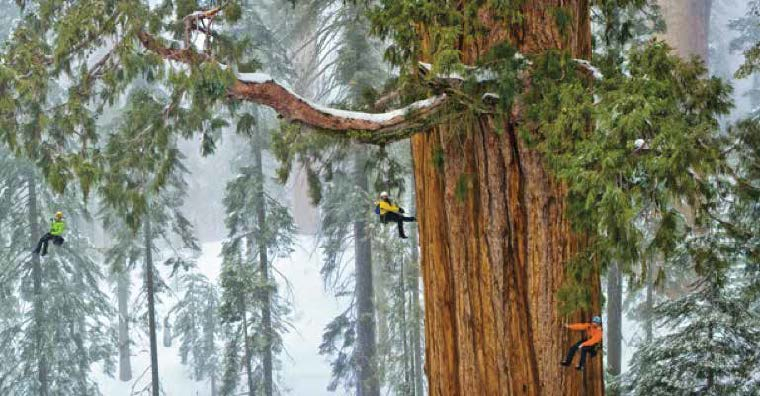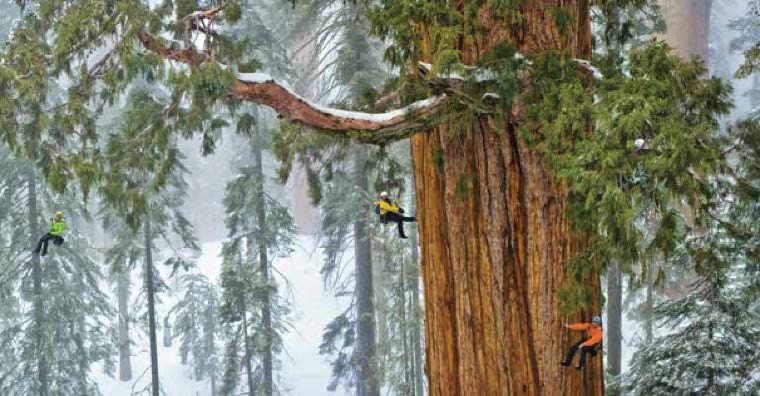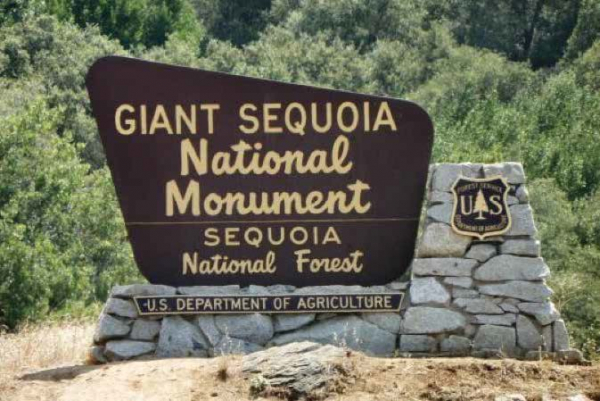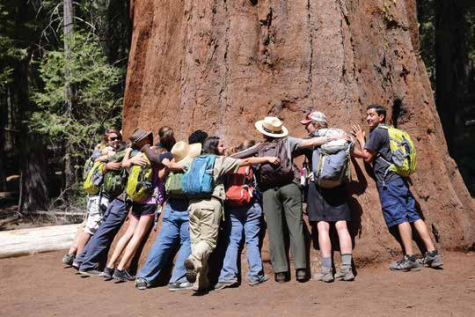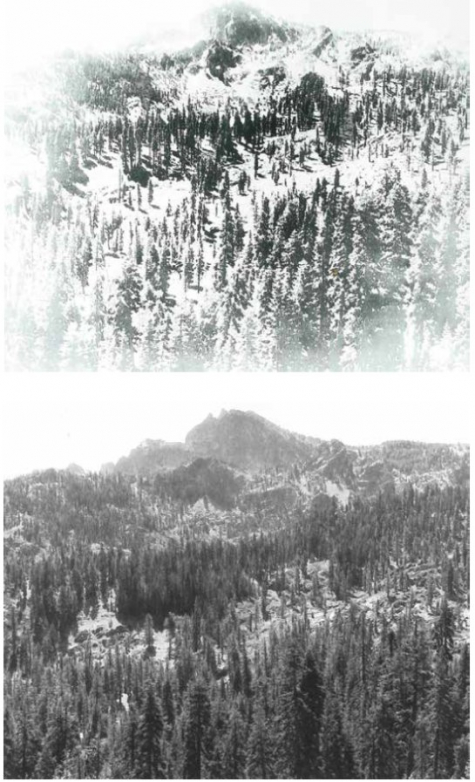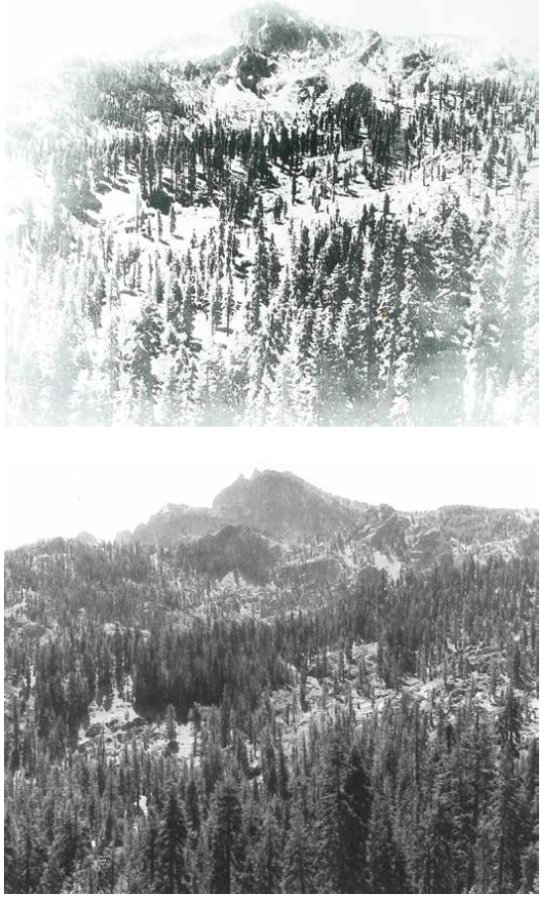The Permittees proposed to develop the three stormwater quality treatment facilities throughout the Ballona Creek watershed. These facilities would use ultraviolet and ozonation treatment systems to minimize the presence of bacteria in Ballona Creek during low flow conditions. Additionally, the project would divert up to 23 MGD of flow from Ballona Creek to the Hyperion Water Reclamation Plant (HWRP) for treatment and beneficial reuse. The diversion of dry weather flow to HWRP would provide a new supply source of water for potential increases of recycled water production and beneficial use to offset potable water demands. Collectively, these projects would improve stormwater quality in Ballona Creek to comply with the Water Quality Control Plan for the Los Angeles Region (Basin Plan) and Ballona Creek Bacteria TMDL.
Catalyst prepared the EIR for the project and led all aspects of the CEQA process, including managing a robust public engagement process. Catalyst was able to execute the CEQA process by a court ordered deadline and effectively managed all unforeseen issues to deliver a successful project.
Permitting/Compliance, Public Outreach, Water Resources
